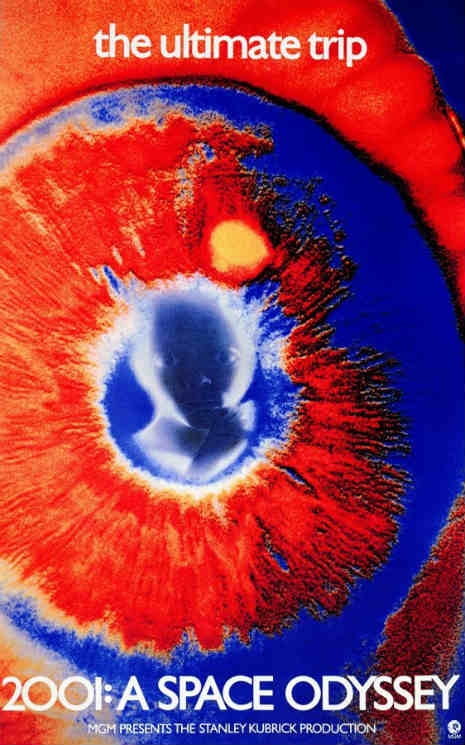
Dean Cavanagh is that very rare breed – a maverick whose talents have been successfully proven over several different disciplines.
He is an award-winning artist; a screenwriter and playwright, writing the highly acclaimed Wedding Belles with Irvine Welsh and the forth-coming movie version of the hit on-line series Svengali. He has also been a journalist, with bylines in i-D, NME, Sabotage Times and the Guardian. Dean is also a documentary-maker, a film and TV producer and a musician, with along list of collaborators, including Robert Anton Wilson.
Now the multi-talented Cavanagh has written and directed (with his son Josh), his first movie - the much anticipated Kubricks.
In this exclusive interview with Dangerous Minds, Dean talks about the ideas and creative processes behind Kubricks. How he collaborated with Alan McGee, and developed the film with his son Josh, discussing his thoughts on cinema and synchronicity, and explaining howKubricks came to be filmed over 5 days, with a talented cast this summer.
Dean Cavanagh: ‘Stanley Kubrick has always fascinated me in that he was clearly trying to convey messages through symbols, codes and puzzles in his films.
‘For me his genius was in the way he presented the ‘regular’ audience with a clear narrative structure and for those who wanted to look deeper he constructed hidden layers of subjectivity. He was clearly a magician working with big budgets in such an idiosyncratic way that it’s hard not to be intrigued by him and his oeuvre.
‘I’ve been following Kubrick researchers like Rob Ager and Jay Weidner for the last few years and I really wanted to dramatize a story based around Kubrick as an inspirational enigma. There is a wealth of material about the esoteric side of Kubrick on the net and Ager and Weidner are great places to start the journey from.’
DM: How did you progress towards making ‘Kubricks’?
Dean Cavanagh: ‘I’ve been writing screenplays and theatre on my own and also with Irvine Welsh since the 1990’s. Up until last year, I never really had any desire to direct a film but Alan McGee encouraged me to have a go. He offered to produce a film if I would write and direct with the emphasis being on us having total control. This was music to my ears after having mainly dealt with people who are always looking for reasons not to make a film. Alan’s credo was “just do it and let’s see what happens”. There’s a great freedom in working with him.’
Read more of Dean Cavanagh’s exclusive interview, plus free ‘Kubricks’ soundtrack download, after the jump…
Previously on Dangerous Minds







